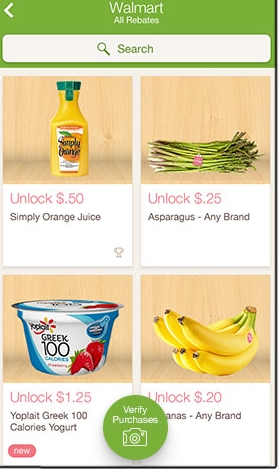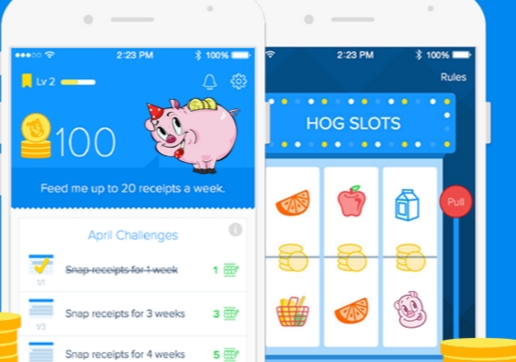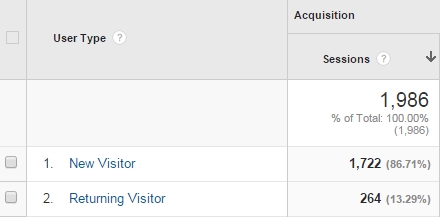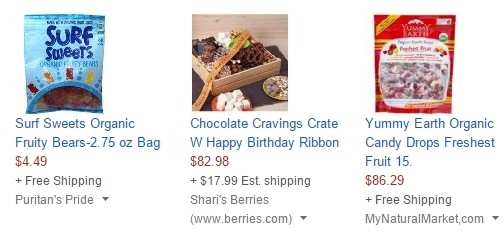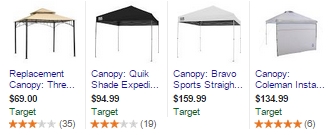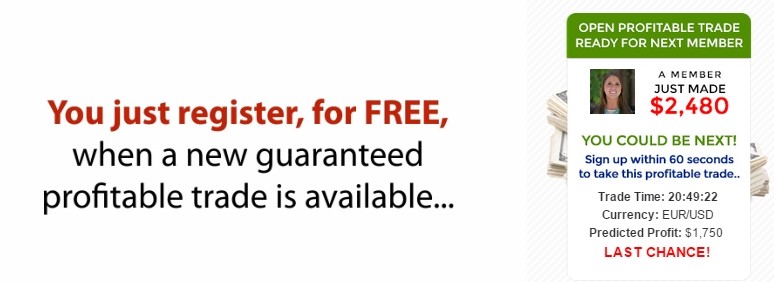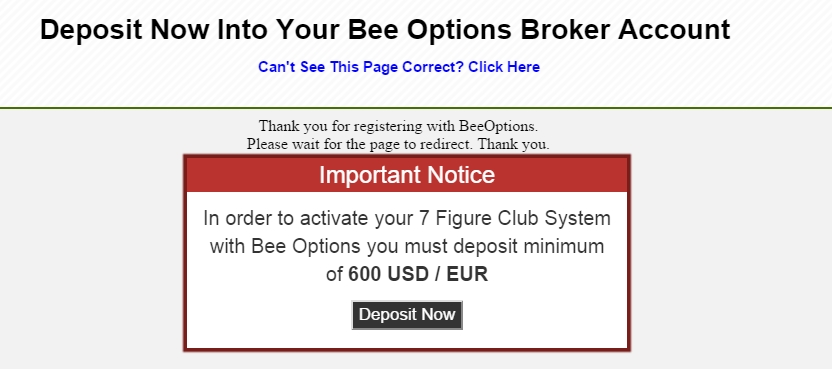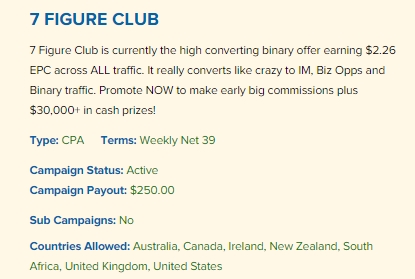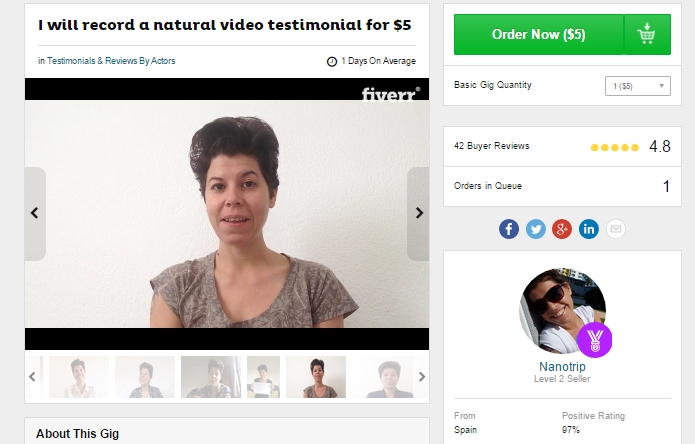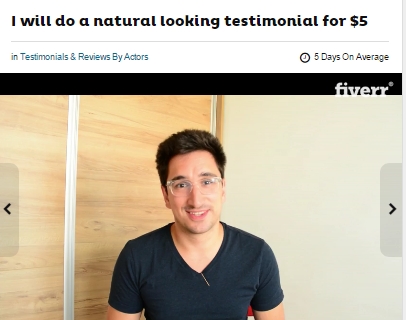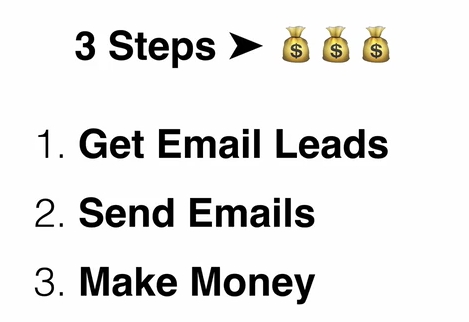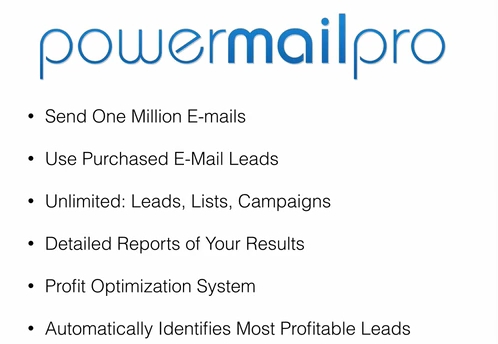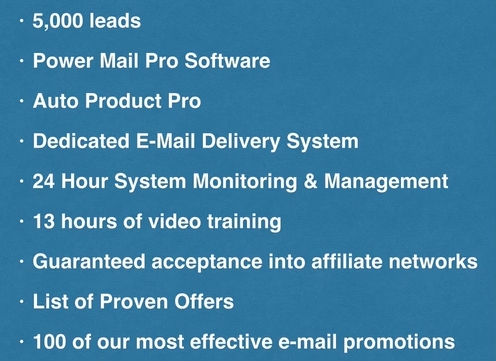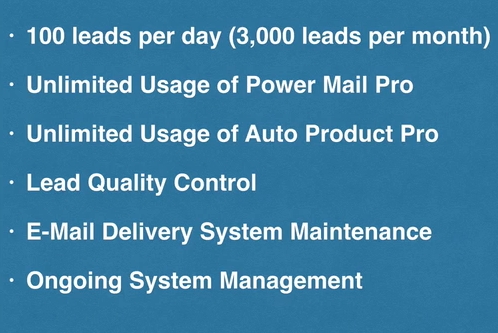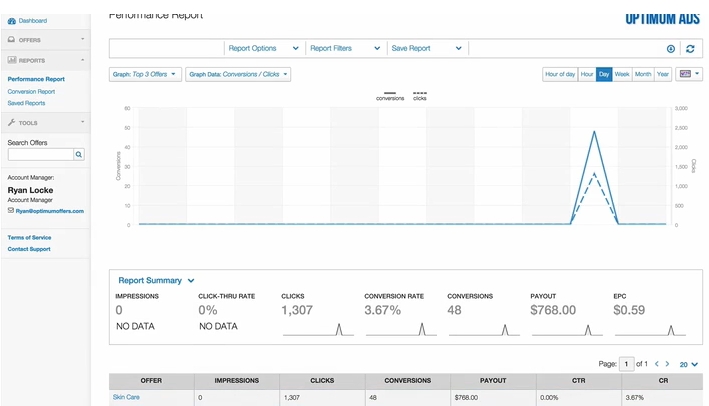Cash back apps are the digital version of rewards cards, which give you points or rebates on your purchases.
And it works as easy as 1-2-3.
1) Download an app, 2) scan a receipt, 3) get cash back.
But why would these apps essentially pay you for shopping?
In some cases, the apps are managed by marketing firms that want to know what target customers are purchasing, in what quantity, and through which retailers.
As a thank you for sharing your purchase history, companies will compensate you.
Today, you’ll learn more about how cash back apps work and know which ones are worth downloading.
How to Get Cash Back for Receipts
Finish shopping, then take out your phone and take a picture of the receipt.
It’s that easy.
This information is highly sought after by consumables manufacturers, large grocers and retailers, and other marketers.
In exchange for your shopping information, you can earn money or gift cards.
In some cases, you might also be asked to fill out an accompanying survey about your purchase; doing so will earn you additional cash. Other apps will request that you show that you purchased a given item in exchange for a small after-purchase discount on that item.
It’s up to you how much information you’re willing to share.
12 Best Cash Back for Receipts Apps to Install Today
Here are the 9 best cash back apps that you should check out.
Starting with the first, the best, and the most highly reviewed:
1. Ibotta
Special offer: Get a special $10 welcome bonus when you create your account!
This was one of the first rebate apps on the market and offers cash back on grocery, apparel, electronics, restaurant, pet, etc. purchases.
The rebate amounts are fairly high (as much as $1.50) and work across a number of stores. Many qualifying rebates are brand-independent (e.g., $0.50 off any orange juice), while others require that you purchase a given brand at a certain store.
Ibotta has been reviewed over a million times on the App Store and on Google Play.
On top of that, it holds an average rating of 4.6 stars. If there’s one program on this list you join, make it Ibotta.
2. Fetch Rewards
Fetch Rewards partners with plenty of the brands you shop for when you do your grocery shopping.
Whether your receipts are on paper or eReceipts, you can earn Fetch Rewards. Keep the deadline in mind, though; you only have 14 days to submit those receipts.
With over half a million 5-star reviews, this is one cash back app you won’t regret downloading.
3. ReceiptHog
With this app, you submit receipt photos from stores that sell consumable goods like butter and toilet paper, as well as stores that sell non-consumables like clothing or tools.
With the former, you earn coin rewards that can be redeemed for money or e-gift cards. With the latter, you enter a slots game that can earn you up to 100 extra coins.
ReceiptHog holds an impressive 4.5 star average rating with nearly 200,000 reviews between iOS and Android.
Their stellar ratings make this one of the best cashback apps out there.
4. ReceiptPal
With this app, you earn points for your receipts, which can be exchanged for gift cards to Amazon, Walmart, etc.
There’s also a weekly $250 sweepstakes that you can enter.
Any receipt from any merchant can be submitted through this app.
It doesn’t have the same volume of reviews as ReceiptHog, but almost all of them are positive.
5. Shopmium
For everyone in the UK and France, there is Shopmium.
This app enables you to purchase consumables at a given price point (e.g., $1) or at a certain percentage off.
That can mean big savings for you if you purchase something that is normally $4.99, for example, and the app offers the item to you for only a dollar.
Shopmium also offers rebates on items that you might not normally see with other shopping apps, such as lip balm or cleaning products.
Perhaps best of all, you don’t need to wait to redeem your cash. Shopmium connects directly with your PayPal account, and redemptions are sent to your linked account as soon as you scan your receipt.
6. Checkout 51
This app functions much like Ibotta and offers you cash back on receipts that you take pictures of and submit.
Checkout 51 is one of the few cash back apps that offer cash back on gas, so if you drive, this may be a good option for you.
Specific rebate items vary week to week but typically consist of grocery items, which can be purchased at any store.
You need to have $20 in your account before you’re allowed to cash out.
7. Paribus
Paribus is a cash back app that takes advantage of the fact that many online stores have price adjustment policies.
First, grant access to Paribus to scan your email for online purchases.
The website monitors all the purchases you’ve had and then notifies you when there’s a price drop.
This is when it gets exciting:
When there’s a price drop, Paribus will automatically refund you the difference.
It seems a bit unsettling for an app to have access to your email address, so read up on their Privacy Statement and decide whether you’re willing to give them access to your information.
8. Coupons.com
Connect your store loyalty cards or scan a receipt on your Coupons.com smartphone app and get automatic cash back.
You can also print out coupons on their website, but they recommend using their digital coupons.
There’s no minimum balance to get your cash back on Coupons.com, the money will go straight to your PayPal.
9. GetUpside
GetUpside carries cash back offers from grocery stores, restaurants, and gas stations (though there are few gas stations that partner with this app.
Similar to the other apps on this list, you download the app, select your offer, make the purchase, check in or scan the receipt for the purchase, and earn your cash back in the app.
You can cash out your earnings through PayPal, e-gift card, or mailed check.
10. CoinOut
If you’re a fan of the show Shark Tank, you probably known about this app.
Once you’re registered on the app, you can start scanning paper receipts right away. No need to check for offers.
However, to get cash back from online stores, you need to start your online purchase from the CashOut app.
They give out bonus rewards just because, and you can boost your earnings by referring other users to download this app.
Most of all, they don’t collect your financial information, so that might make you more comfortable sharing your receipts with them.
11. Shopkick
Shopkick gives you points or “kicks” when you scan in your receipt in the app. But it also rewards you for simply walking into select stores, as well as scanning barcodes of certain products, even without purchasing anything.
They also reward you for watching videos of their partner brands in the app and making online purchases from the app.
12. Makeena
If you regularly shop for eco-friendly, healthy products, Makeena will reward you for it.
Simply scan in your receipts or scan product barcodes right in the app and earn cash and rewards. You may even be sent freebies and samples just for buying healthy choices.
How to Get the Most Cashback for Your Receipts
When it comes to apps that pay you for your receipts, keep in mind that you can double-dip and upload a photo of the same receipt to several different apps.
This is especially true if you submit your receipt photo for a generic item like milk or bread.
Also, because these apps require timely receipts, you may have only one to two weeks to upload your pictures.
So don’t delay when submitting your receipts.
The Bottom Line
Getting cashback for your receipts isn’t challenging at all. Simply shop, snap, and save.
Just remember that you are giving up some personal information and giving retailers direct access to your shopping habits. If that’s not a problem, go crazy! All of the above cash back apps have stellar reviews on top of years of operation.
While you’re out and about, did you know you can get paid to become a personal grocery shopper? If you’re spending so much time at the store anyway, consider getting paid for doing and delivering an extra set of groceries.
Combined with these cash back apps, you might be able to earn some decent side cash.
Do you already use cash back apps? Which one is your favorite? Did miss any cash back apps worth mentioning? Share your knowledge with us in the comments below!

